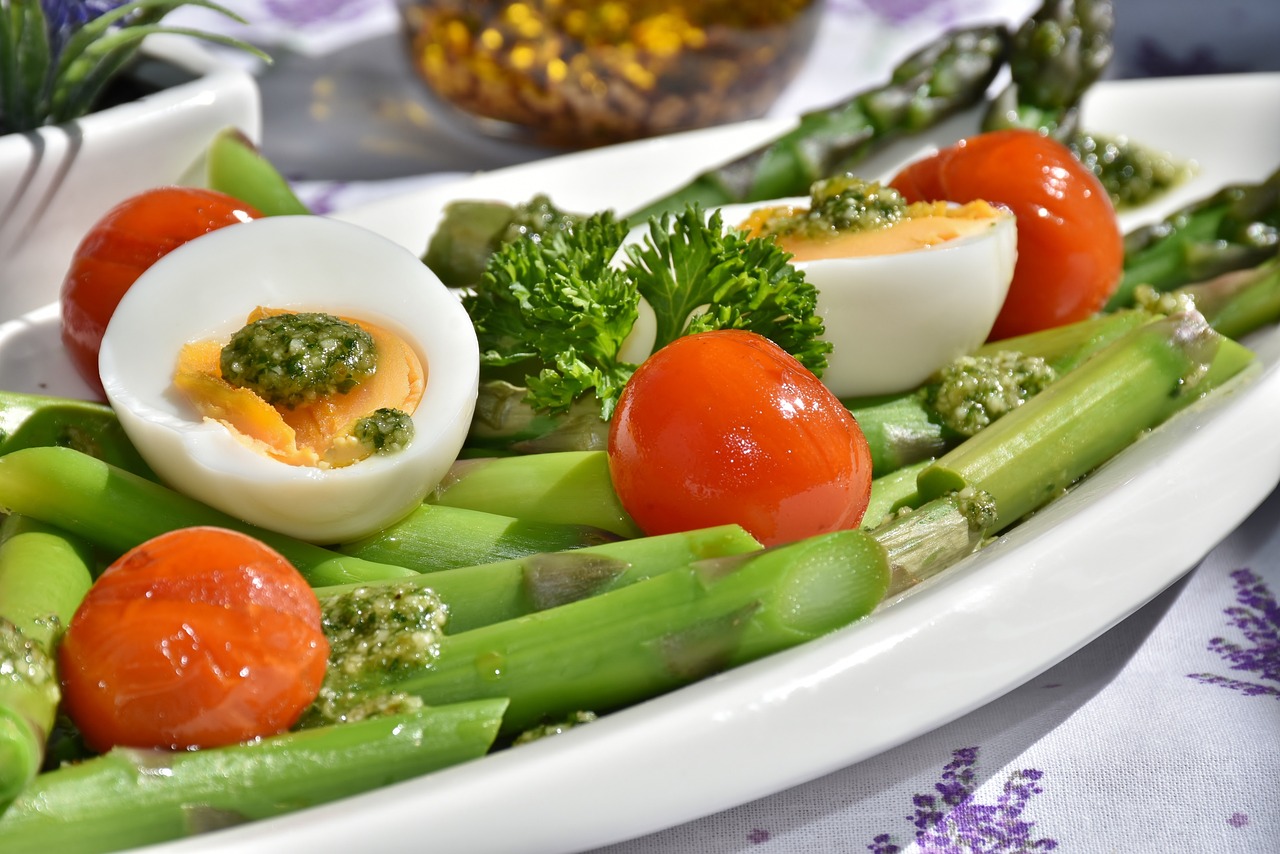Have you fallen victim to diet trends?
Know the right way of adapting a plant-based diet
By Cheshire Que
In our pursuit of wellness and longevity, we have been bombarded with various diet trends that promise weight loss, anti-aging effects, and more. Are they legit? Are they even effective? Are they truly sustainable?

We’ve heard of and probably tried the Atkins diet, ketogenic diet, low-carb diet, the list goes on. What I would like to focus on, however, is the plant-based diet because this has the potential to tremendously transform your health and well-being if done properly. Unfortunately, a lot of people make the mistake of falling victim to diet trends and are misguided on how to go about this diet, ending up not reaping the benefits and even harming their health.
Adopting a plant-based way of eating is slightly different from being a vegan. A vegan does not consume any animal product, not even honey, which involves bees in its production. A plant-based diet focuses more on the consumption of vegetables, fruits, whole grains, nuts, and seeds with minimal intake of animal products like seafood, meat, and dairy products. Technically speaking, veganism is a purely plant-based diet. It does not mean that all vegans are generally healthy. The same goes with people who go on a plant-based diet. When does the plant-based diet become unhealthy?
Emphasis on whole foods is a must when adopting a plant-based way of eating and that includes being vegan. Whole food is defined as food that has not had any of its natural features removed or altered. It also does not contain artificial substances. Simply put, whole food isn’t processed. When food is processed, salt, sugar, fat, preservative, and additives are added making it less healthy. The same goes with the removal of fiber. Some whole foods are minimally processed without adding salt, sugar, fat, and other substances. For example, frozen fruits and vegetables or functional food like wheatgrass and cordyceps mushrooms that have been freeze-dried and powdered while retaining all the nutrients they contain.
This is a classic example of a whole food plant-based choice versus an unhealthy plant-based choice. Both baked potato and French fries are plant-based since they’re potatoes, but French fries have been deep fried on fat with added table salt. Intake of saturated fat, trans fat, and sodium are known for health risks. Another example would be having a fresh apple versus having a glass of apple juice that has added sugar. Refined sugar is highly inflammatory in the body. It has been associated with various chronic illnesses.
If you want to embrace a proper plant-based way of eating, here’s what you should do.
- Make fresh produce like vegetables, fruits, and legumes available in your kitchen. People don’t get to eat veggies and fruits because they’re obviously not a priority in the grocery list. To make matters worse, vegetable dishes are limited when we eat out or are often more expensive than a piece of chicken with rice.
- Learn recipes that are quick and easy to prepare at home. Fruit and vegetable smoothies, salads, soups, one pot dishes with vegetables as the main ingredient.
- Eat fruit as a snack or dessert. Make fresh juices instead of having juice cocktails that are sugar laden.
- Going plant-based does not mean you have to say goodbye to meat, chicken, egg, and seafood. Your perspective regarding main dishes must change. The star of your dinner table must now be vegetable dishes with animal products on the side or used as a garnish or topping.
- You can choose to have one or two vegetarian meals in a day. You can also limit your meat intake to a few meals a week only, say three times a week.
- Protein is often an issue for people transitioning to a predominantly plant-based diet. They fear they won’t get adequate protein. This is a misconception. If you eat a variety of vegetables, grains, and legumes like soy, you will definitely be able to complete all the amino acids or building blocks of protein tantamount to the amount that meat or animal-based products can provide. Furthermore, you can have grains that are high protein sources, such as quinoa, adlai, and oats.
- Snack on nuts and seeds or add them to your drinks and dishes. You can also use nut butters in your sandwiches but make sure you choose the ones that are not high in sugar and filled with ingredients that looked like they came right out of the chemistry lab.
- Avoid or minimize your intake of refined sugars and saturated fat from sweets, sugary beverages, pastries, processed food, and the like, even if the ingredients contain plant sources.
If you need more guidance on transitioning to a predominantly plant-based diet and planning your meals, it is best to consult a registered nutritionist dietitian.